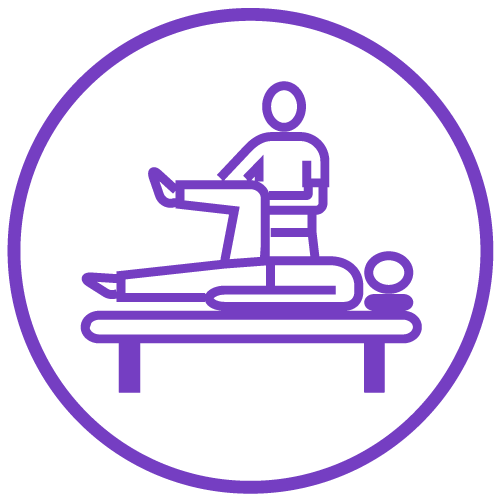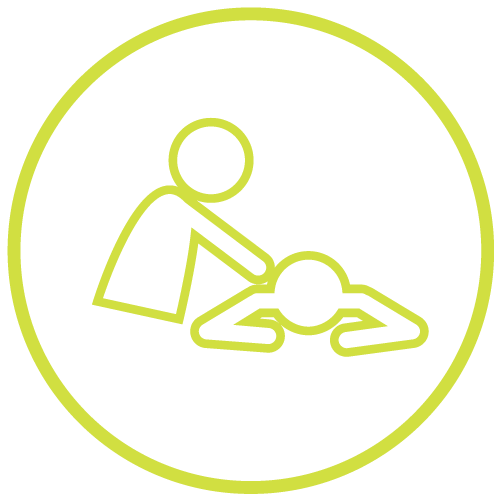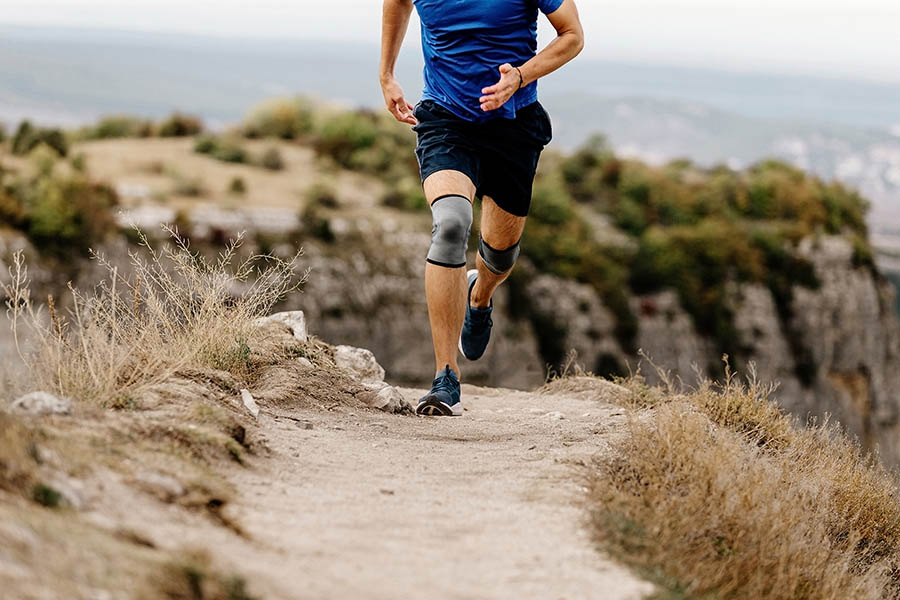Is your child suffering from pain below the knee? Perhaps they are complaining of pain and swelling while exercising or even kneeling? If you answered ‘yes’, your child may be suffering from an injury called Osgood Schlatter Disease. Keep reading to find out more about how this injury occurs, the symptoms and what can be done to help alleviate pain.
What is it?
Osgood Schlatter’s disease is an overuse injury that occurs only in children/adolescents, especially those that are more active. It is also known as tibial tuberosity apophysitis.
Osgood Schlatter disease is characterised by an inflamed bony prominence at the front of the knee (tibial tuberosity), which is below the knee cap and at the top of the shinbone, and is a place where bone growth occurs (growth plate).

What causes it?
The quadriceps muscles (at the front of the thigh) attach onto the tibial tuberosity and can therefore cause traction forces on the tibial tuberosity. During certain phases of growth, these traction forces can disrupt the immature bone of the tibial tuberosity, leading to pain and inflammation. This is why the condition is more common during or after growth spurts, especially in children/adolescents who are more active or involved in sports (therefore using their quadriceps muscles more).
Osgood Schlatter’s disease is more common in sports which involve lots of jumping and running, such as volleyball, basketball, soccer, gymnastics, dancing and netball. It is also more common in males aged 10-15 years.
Common symptoms
Symptoms are characterised by pain, swelling and tenderness over the tibial tuberosity, at the top of the shin bone, below the knee.
Pain can also be caused by kneeling, and can also be felt during exercise (eg running, jumping, stairs, squatting, etc). In 20-30% of cases it occurs in both knees.

How long does it take to get better?
In minor cases, the symptoms of Osgood Schlatter can be eased within days to weeks, but symptoms may come and go for 12-24 months before complete resolution. In more severe cases, the pain and swelling can last up to two years, especially if left untreated.
If the condition is allowed to worsen over a period of time, this can potentially result in an avulsion fracture of the patella tendon, seriously affecting the ability to walk or run.
Osgood Schlatter’s disease subsides once growth stops. In more severe cases, an enlarged lump may be left at the tibial tuberosity from the recurrent inflammation during the disease. It is therefore important that we minimise the amount to which this inflammation occurs during the disease.
How do we get it better?
Treatment techniques are aimed at minimising inflammation at the tibial tuberosity. Other treatment techniques to reduce tension in the quadriceps muscles are commonly required to decrease traction forces on the tibial tuberosity.
Taping techniques may also be used to relieve pressure on the patella tendon insertion. Your physiotherapist will advise on what activities need to be avoided, and may need to show certain exercises or stretches to aid in recovery.
Is your child experiencing pain below the knee? Therapy with one of our highly trained professionals could help revitalise your body. Contact BodyViva today to discover how our services can help you live a life free from pain. BodyViva is a multidisciplinary clinic specialising in physiotherapy, chiropractic, podiatry, acupuncture, remedial massage and pilates.

















